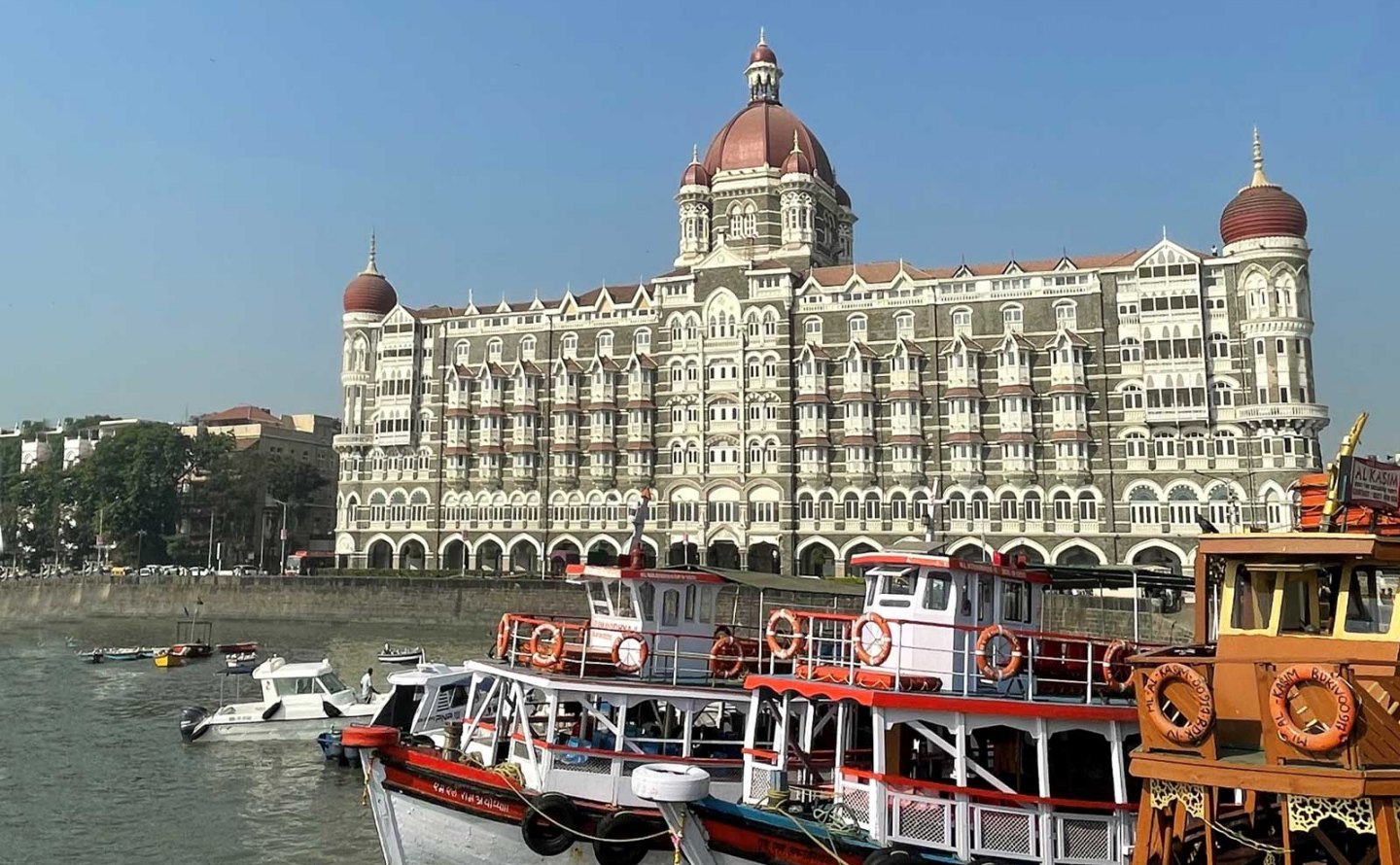
THE VICTORIAN
NEWS, March 2023
Edited by Izzy Mayhew
John McAslan and Partners’ recent restoration of the beautiful Mumbai landmark, the Taj Mahal Palace Hotel, is a rare example of a project come to fruition at exactly the right moment. Having been a guest of the hotel himself for decades, pulled back to Mumbai year on year by its ‘richness and energy’, McAslan’s personal relationship with this project, combined with patience and timing, illustrates the extent to which a thorough knowledge of a building and its relationship to the city can contribute to the success of a project.
Celebrating its 120th anniversary this year, the hotel now greets visitors with a restored vigour. From the restoration of historic interiors informed by paint analysis to the repair of the building’s façade, a logistically complex undertaking completed in twelve stages, to the structural repair and restoration of the iconic dome, standing at 240 feet tall and crowning the hotel, the meticulous challenge of restoring the lost elegance of the Taj has been undertaken by John McAslan and Partners over a period of five years.
The poignancy of this project comes from its convergence with a period of renewed interest in Mumbai’s Victorian-era architectural legacy, fuelling efforts to restore and modernise buildings, yet also at a time in which the commercial city faces swathes of new development, threatening both heritage and the character of the city.
Since its construction the Taj has stood as a symbol of the city. Having survived not only cumulative neglect, a targeted terror attack in 2008, and a pandemic in which the hotel accommodated doctors free of charge, the building signifies the survival, strength and resilience of Mumbai and its people. Accessible to the public and rooted firmly in the city, the firm’s recognition of the Taj as a gathering place or, as McAslan described, as the ‘living room of the city’, has facilitated a restoration not only of the fabric of the building, but of the Taj’s historic integrity and social significance, and ensured its survival for the next 120 years to come.